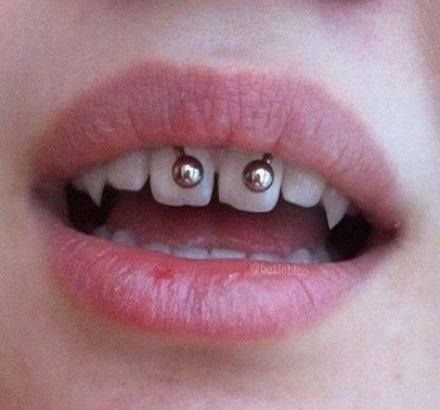
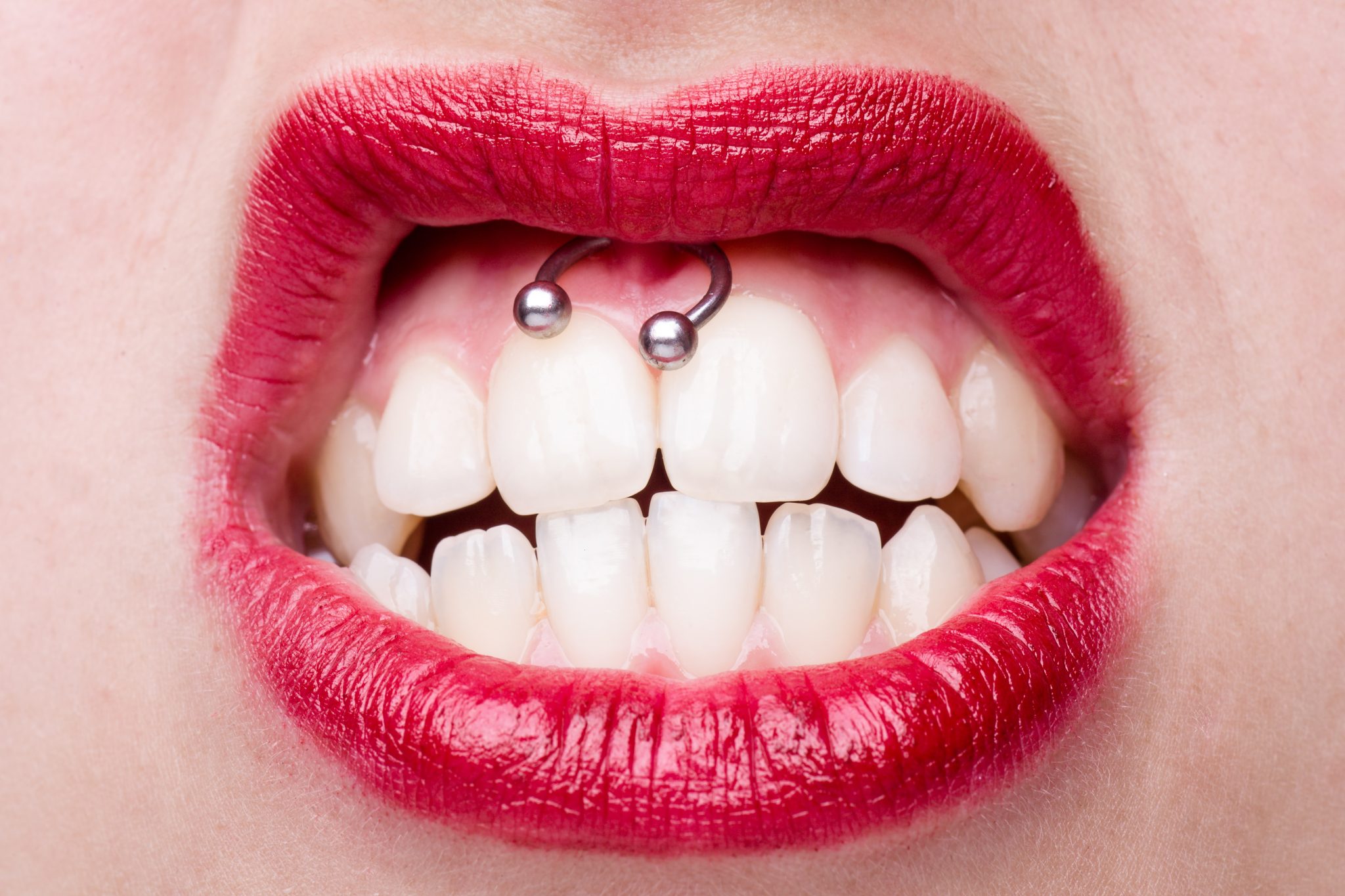
Deciding to get a smiley piercing is no small decision and may not be suitable for everyone. Before making this commitment, always consult a qualified piercer.
Less Discomfort, Great Way to Show Off Your Smile
Frenulum piercing typically does not cause as much discomfort as other types of piercings, likely because its location provides few nerve endings and it covers more muscle area. It’s a great way to show off your smile!
Risks and Care

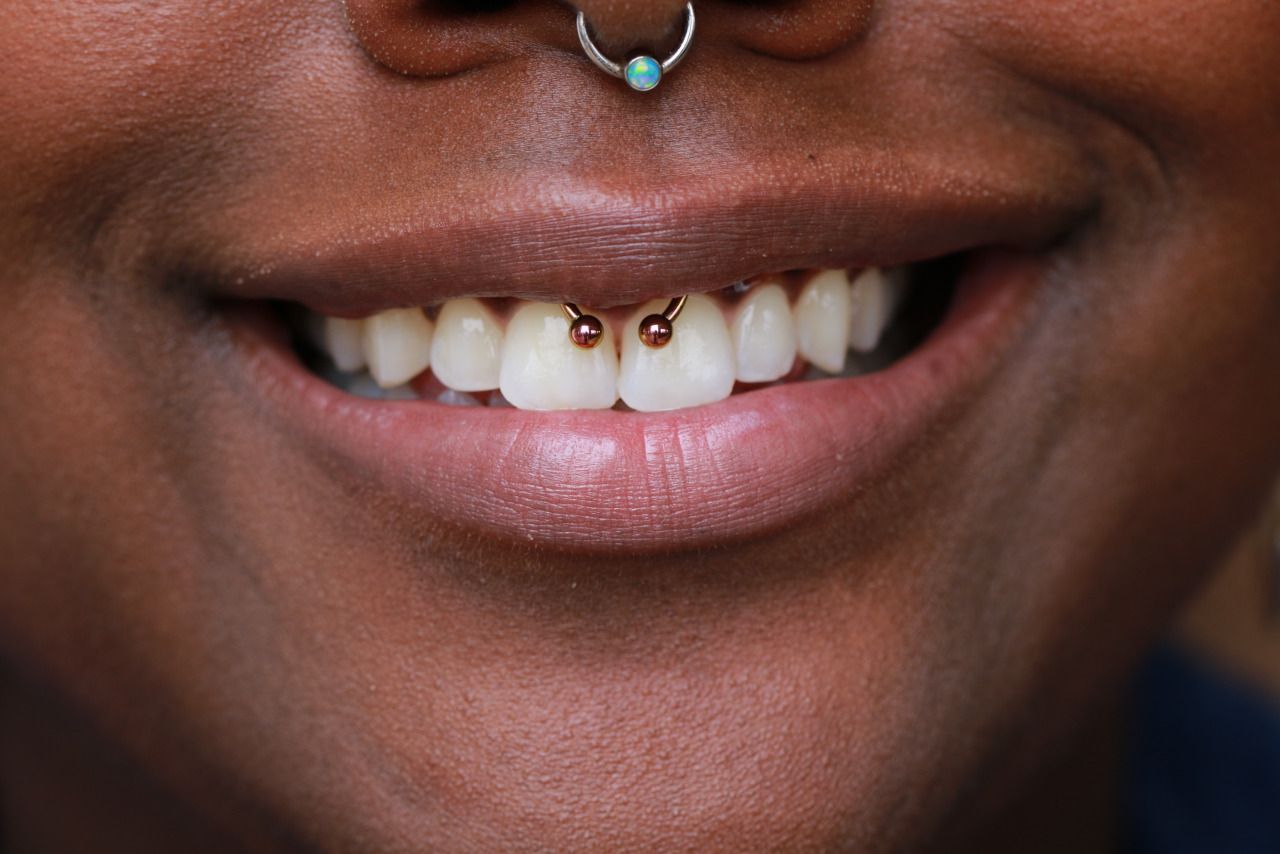
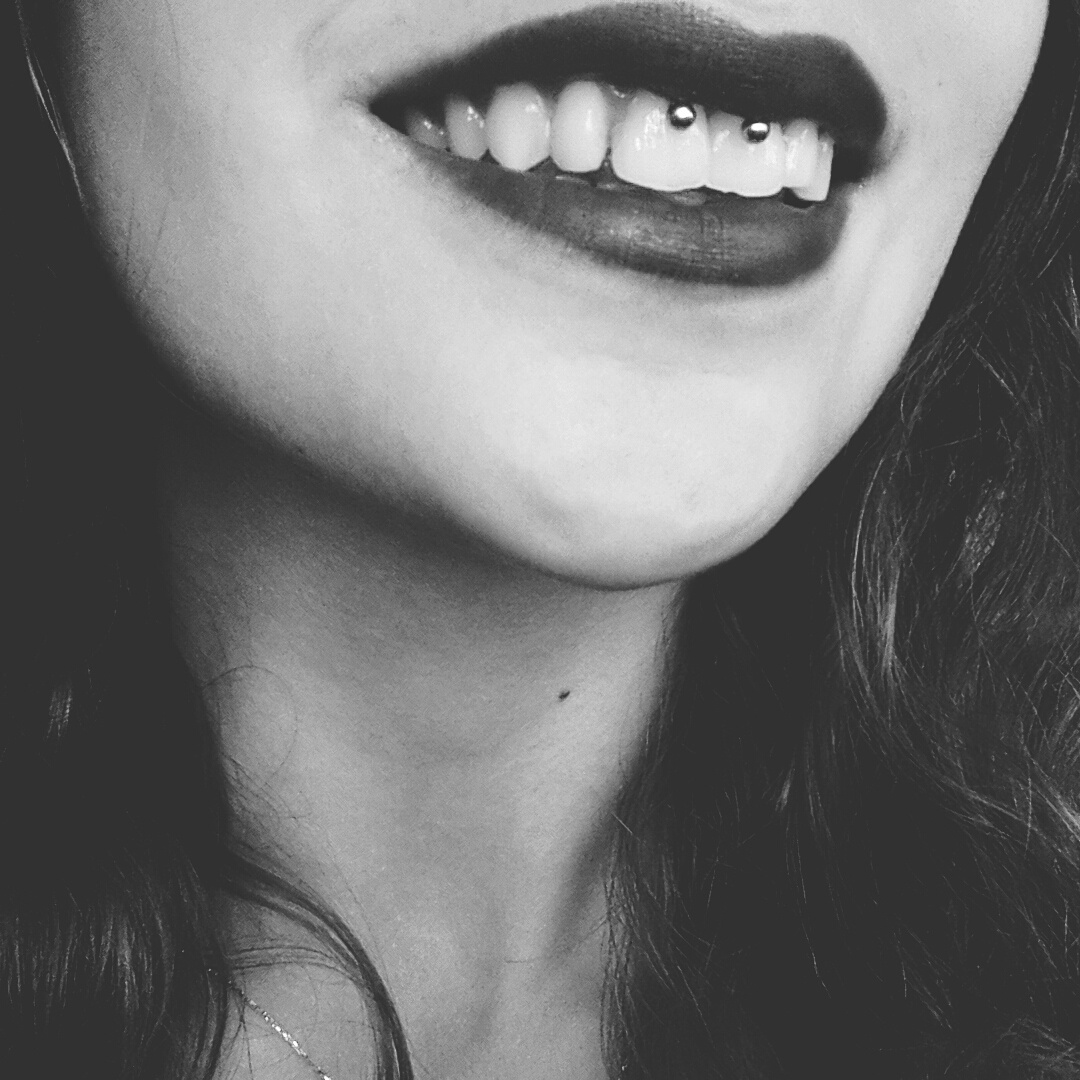
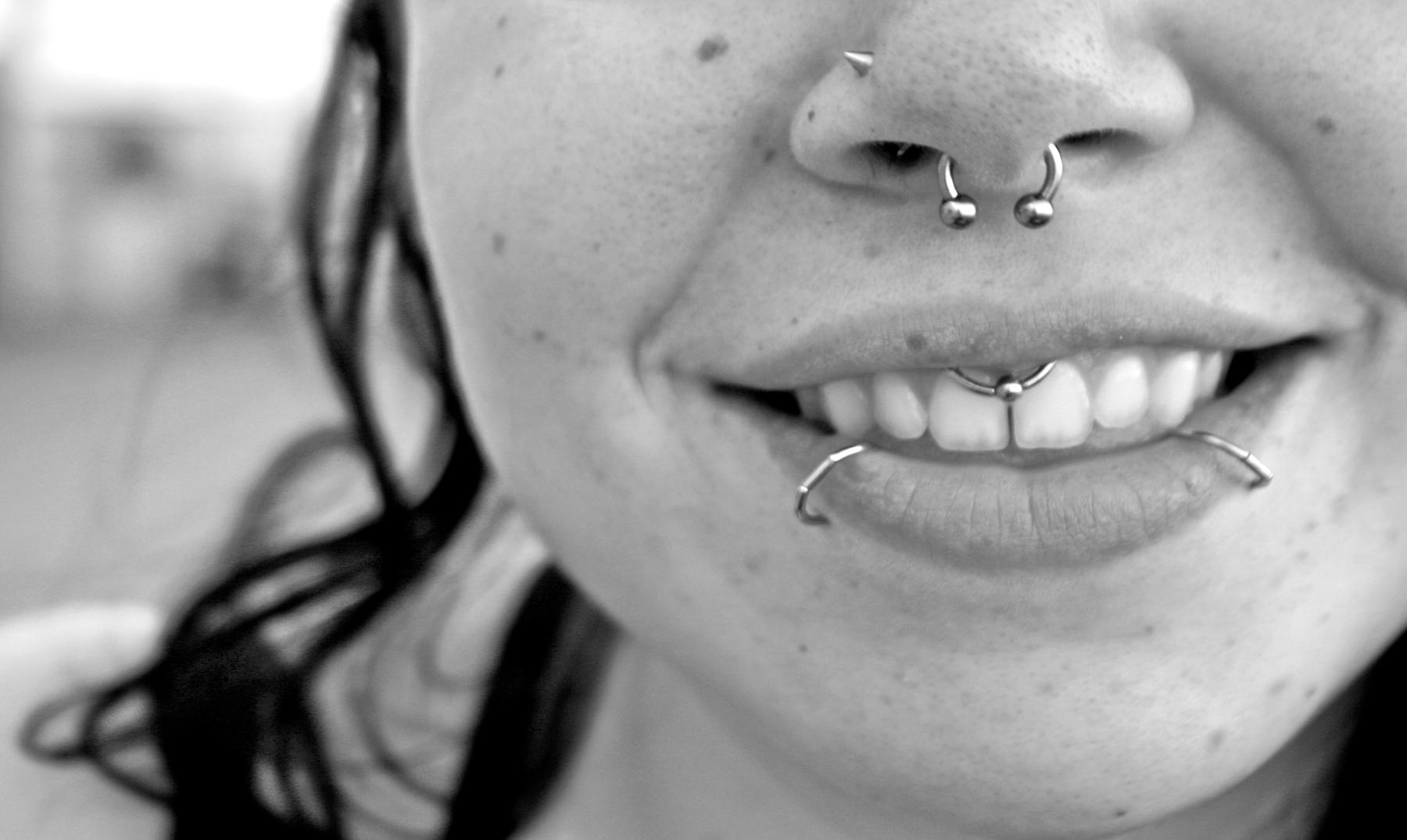
Smiley piercings, commonly called frenulum or lip/tongue piercings, can be an excellent way to show off your smile! But they come with extra risks than most other piercings do and require more excellent care from you if they go wrong; there’s always the possibility of infection and even rejection by your body!
To protect oral piercings from becoming infected, it’s best to keep them clean regularly by washing them with salt water solutions such as mouthwash or mouth rinse for at least 30 seconds twice daily – or making your own by adding sea salt to the water.

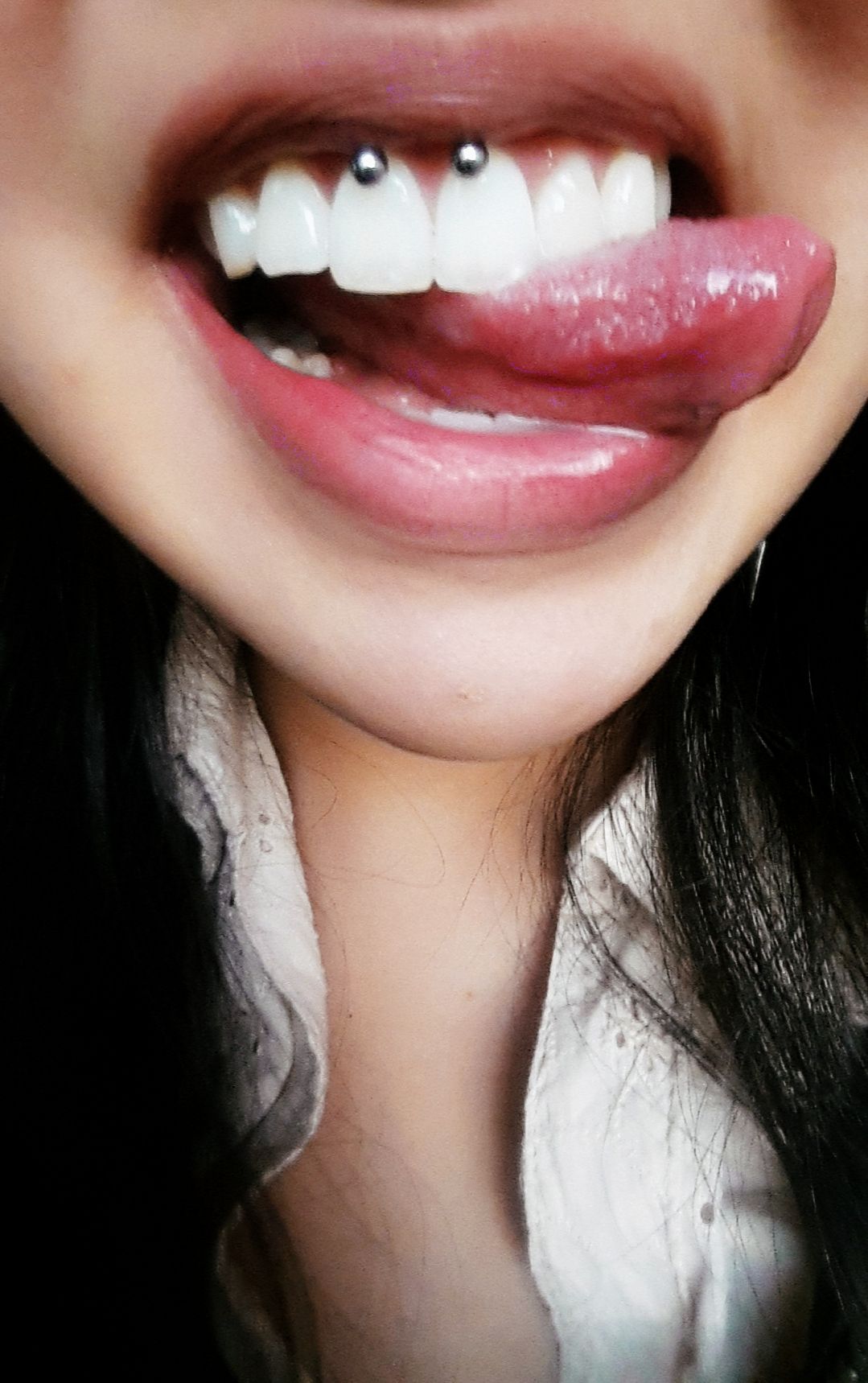
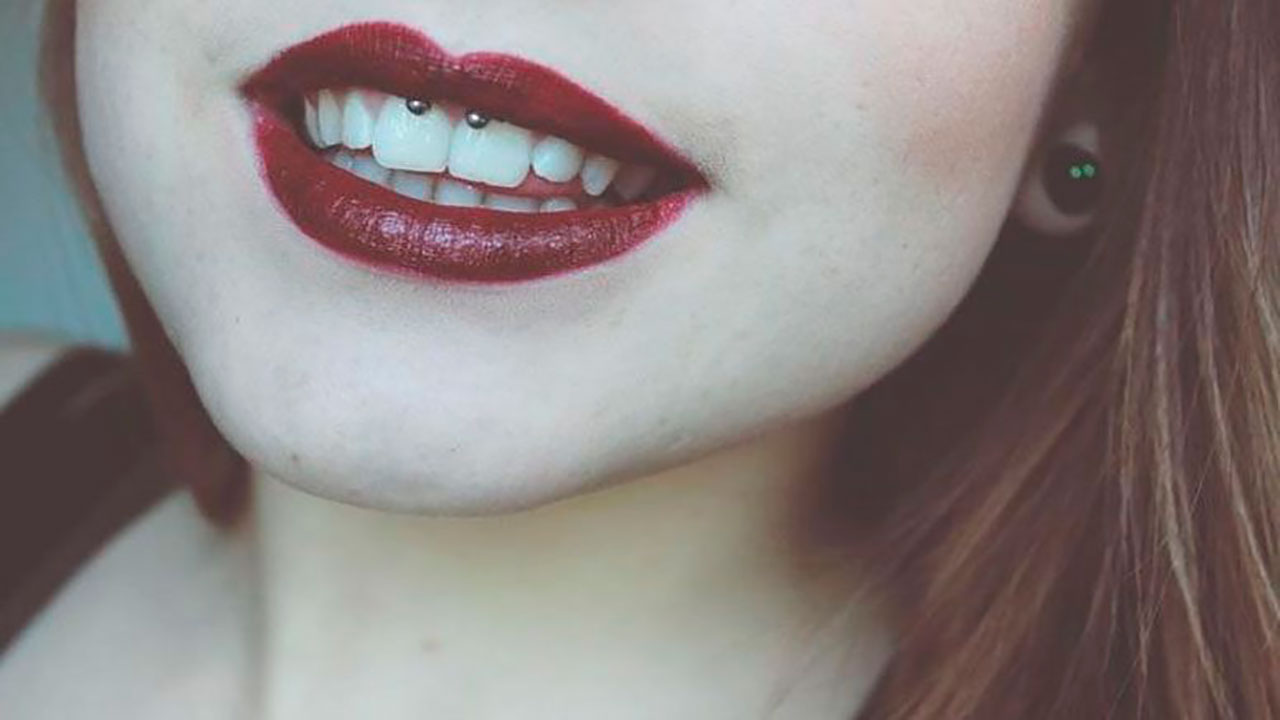

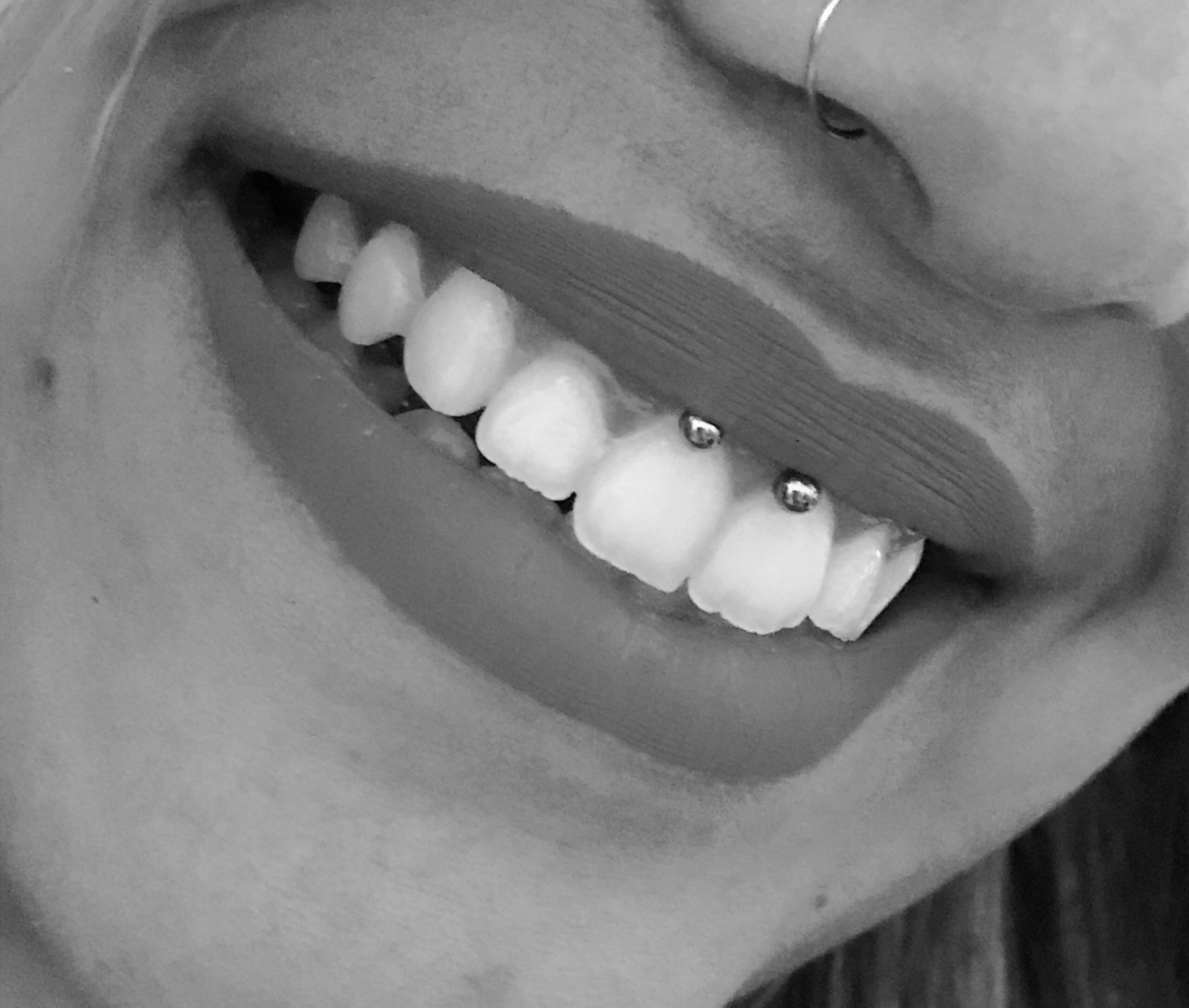
As part of caring for a piercing properly, it is also crucial not to touch it or move it with your tongue, as this could introduce bacteria into it and lead to problems like swelling. You should also avoid eating hard foods for at least several weeks until your piercing has completely healed, as this will avoid getting irritated or pulled out quickly, thus speeding its recovery time.
Less Painful Than Other Piercings
Smiley Piercing (Frenulum Piercing) effectively shows off your smile without compromising natural lip coverage. It’s also an increasingly popular alternative for people who don’t want the pain of getting their tongue pierced. This method takes place through a thin strip of tissue connecting your upper gums and lip after sterilization of the needle and placement into the frenulum of the mouth by a professional piercer.
Smiley piercing may cause some needle-related discomfort, but it won’t be as intense as other body piercings. When choosing your piercer, be sure they understand what they’re doing, and don’t force the piercing on you if it isn’t suitable for your body type or lip thickness – this will save you from further discomfort! Additionally, soft foods should be eaten first to avoid snagging or tear damage to the piercing!
Quick Healing Time
Smiley piercings usually heal much more quickly than other mouth piercings, thanks to the technique employed by the piercer, which sterilizes and clamps down a thin flap of skin known as the frenulum, then inserts jewelry. After that, they provide aftercare instructions to help avoid complications caused by smiley piercings, such as sudden infections.
Make sure to seek a piercer from the Association of Professional Piercers, who will determine whether your smiley piercing will suit you best and provide various jewelry options. They should also help with postcare by suggesting rinsing twice daily with sea salt solution to promote healing while reducing infection and inflammation.
Easy Care Instructions
As with any piercing procedure, you must be fully prepared for it. Talk with your piercer beforehand about what will occur so there are no surprises; some people handle pain better when they know what’s coming their way.
Your piercer will wear gloves and clean the area before clamping the thin flap of skin spanning your upper lip to the gum line. They’ll then puncture their mark with a needle and insert jewelry.
Rinse your smiley piercing twice daily with a salt solution formulated from warm water and sea salt (not iodized table salt) for optimal cleaning and healing. Avoid mouthwash as this may sting intensely; for best results, use bubblegum-flavored toothpaste, which won’t hurt as much. Also, limit alcohol and spicy food consumption as much as possible to expedite healing time.

